Ear Trumpets Sound Collectibles
Antique hearing aids have whimsical appeal.
In his later years, a favorite accessory of English writer Evelyn Waugh, the celebrated satirist and author of Brideshead Revisited, was an ear trumpet.
Waugh, who reportedly had at least two of them, is said to have enjoyed playing up to the image of the grumpy elderly man of letters and used his ear trumpets to great effect in cultivating that persona and wielded them with relish. In one incident, it is reported that Lady Diana Cooper, a famously glamorous social figure, once became so exasperated with him that she poured a glass of champagne down his trumpet while it was at his ear.
Claud Cockburn, Waugh’s cousin, also recalled how Waugh once unscrewed his ear trumpet when he became bored during a speech by fellow author and satirist Malcolm Muggeridge at a literary lunch in London in 1957: “The guest of honor could have dealt easily with some rude heckler, but the gesture with the trumpet utterly discomforted him.”
Muggeridge himself later described seeing Waugh for the final time at a wedding: “He made considerable play with an old-fashioned Victorian ear trumpet, though whether for use or ostentation I cannot say.”
Waugh in fact may not have ever used his ear trumpet for its intended purpose — as a hearing aid — as he reportedly admitted to the Duchess of Devonshire, who had given him one, “I don’t think I hear any better for them, but I look more dignified.”
After Waugh’s death in 1966 at age 62, his ear trumpets gained almost mythical status among his fans. One of them, an 18-inch-long device, was given to one of his fans by his journalist son, the late Auberon Waugh, who wrote: “I have sent you a disgusting object . . . it may be of some whimsical interest to an obsessive collector.”
The “disgusting object” failed to put off collectors and the plated-copper English-made telescopic ear trumpet, said to be the one Waugh removed from his ear to tune out Muggeridge’s speech, was snapped up for $2,844 when it went up for auction in 2017, surpassing its estimate of $1,300-$1,900.
Ear trumpets do, indeed, hold whimsical interest for collectors, and they have been selling online recently from $50 to $450 and more.
Ear trumpets are tubular or funnel-shaped devices and according to the Hearing Aid Museum, the general theory behind them is to capture more sound and provide some directionality toward the wanted sounds, while at the same time sheltering the ear from unwanted background noise. This is not much different from what modern digital hearing aids attempt.
According to the museum, modern references to ear trumpets begin in the early 19th century, and there were a number of hearing aid manufacturers extant throughout the century. Ear trumpets remained the only viable form of assistance to hard-of-hearing people throughout the first two decades of the 20th century since the early electrical (carbon) hearing aids were not terribly effective and were slow to catch on. They were most effective when used close up, with the person speaking directly into the opening. By necessity, they could also be used to listen to sounds from a distance, such as a lecture or concert, but suffered from the same limitations as older modern hearing aids. For example, they would pick up more background and environmental sounds.
While functional ear trumpets were usually dark colored, so as to be inconspicuous against the dark clothing of the wearer, famous people were not ashamed to use them. Beethoven, who was increasingly going deaf, was known to use ear trumpets by the age of 44. Some of these were made for the famous composer by the inventor of the metronome, Johann Nepomuk Malzel.
Different trumpets were given names, such as pipe trumpets, swan trumpets and London domes, which were dictated by their shape or origin. They came in many shapes and sizes and were made of sheet metal, silver, wood, snail shells and animal horns. Some fancier ones were treated like fine jewelry, but that didn’t mean they worked any better. Early ear trumpet manufacturers of note include F. C. Rein of London, established in 1800, T. Hawksley Ltd. of London, established in 1869, and G. P. Pilling & Sons of Philadelphia, established in 1814.
In 2016, Guinness World Records confirmed that Myk Briggs of Pant, UK, had the largest collection of ear trumpets at 359. Since that time, Briggs’ collection has expanded to 534. On his website, eartrumpets.co.uk, where collectors can find a wealth of knowledge and historical data that he has amassed for more than two decades, Briggs notes that ear trumpets are notoriously difficult to date. F. C. Rein seems to be the earliest quantity manufacturer starting in 1800, but probably did not make trumpets until 1850, although many have been homemade both before and after. Trumpets made from horns, sea shells, or other natural material probably existed long before the ear trumpet was first manufactured, he says.
Briggs, who is deaf, says that he was given a beautiful old and rare solid silver ear trumpet in 2001, and his wife then found a chased EPNS Rein, which he bought. From then on, he became hooked on collecting them. He says that the variety and size differences of ear trumpets is astounding.
“Having stumbled on the extraordinary variety in ear trumpet design, I have become fascinated by the subject. My collecting ethos is all about the differences, material, shape, pattern and size,” he says. “I have amassed a good collection of catalogs and researched the subject enough to build this website.”
Say What?
More examples of ear trumpets, including ones that have recently been selling.
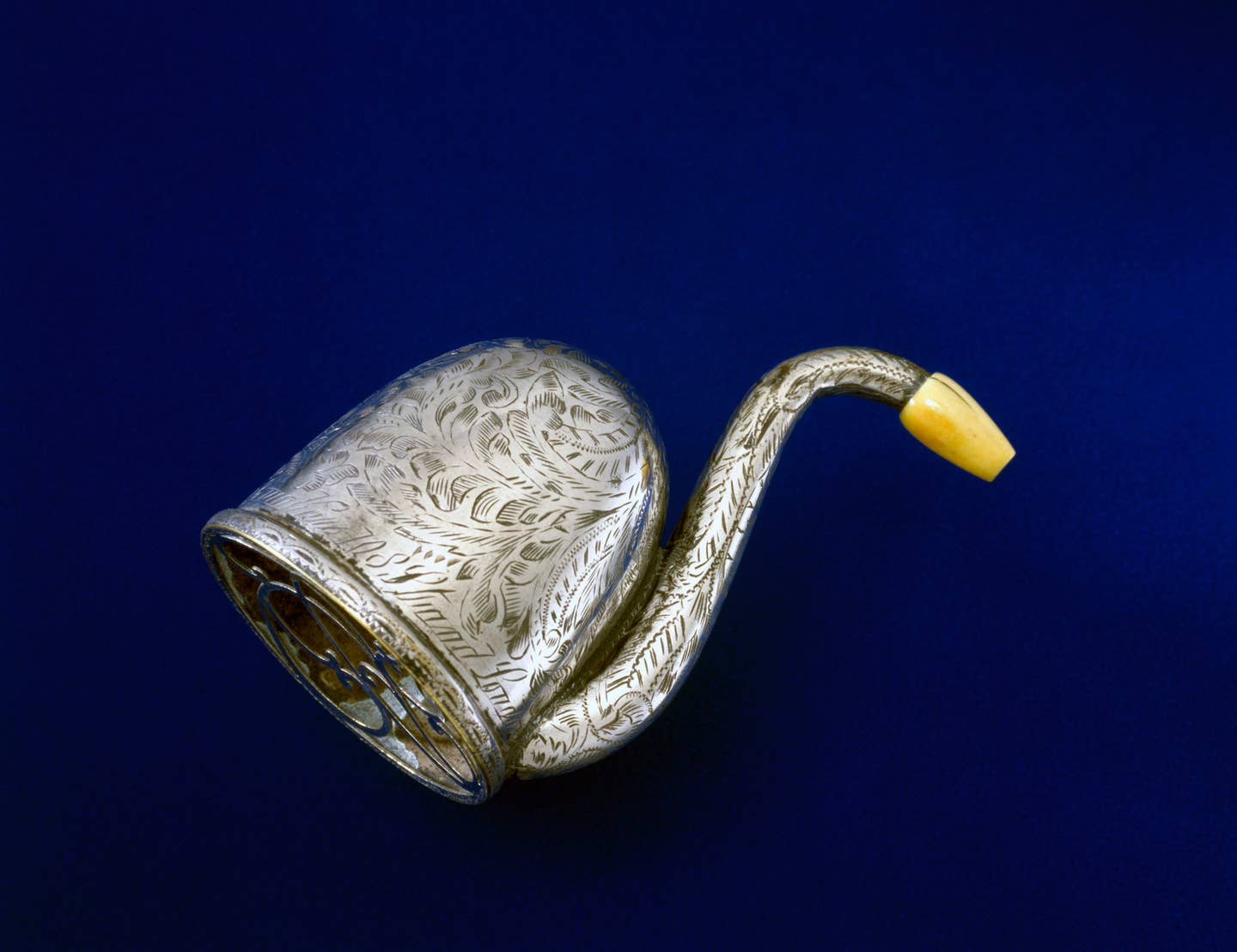
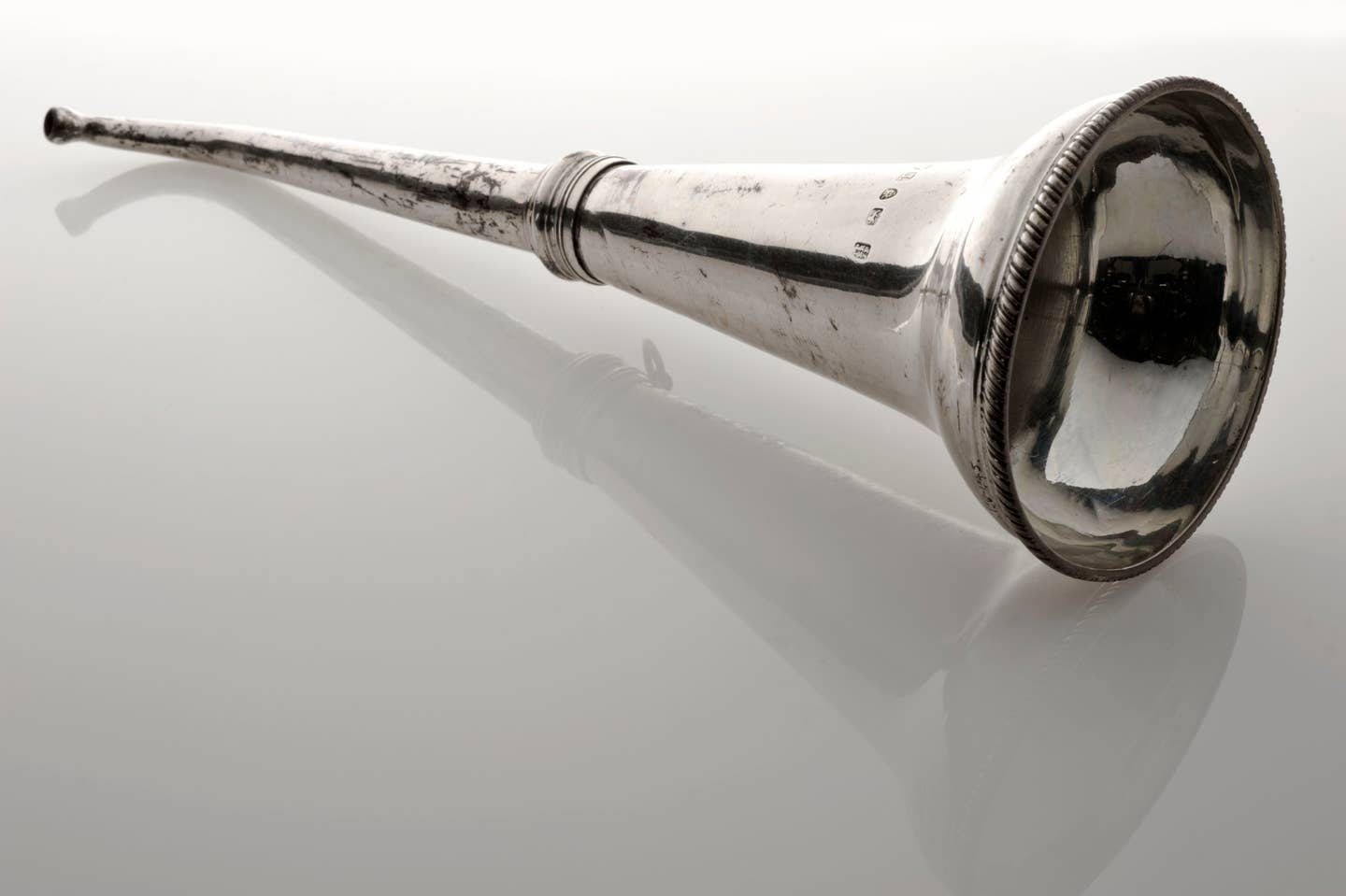
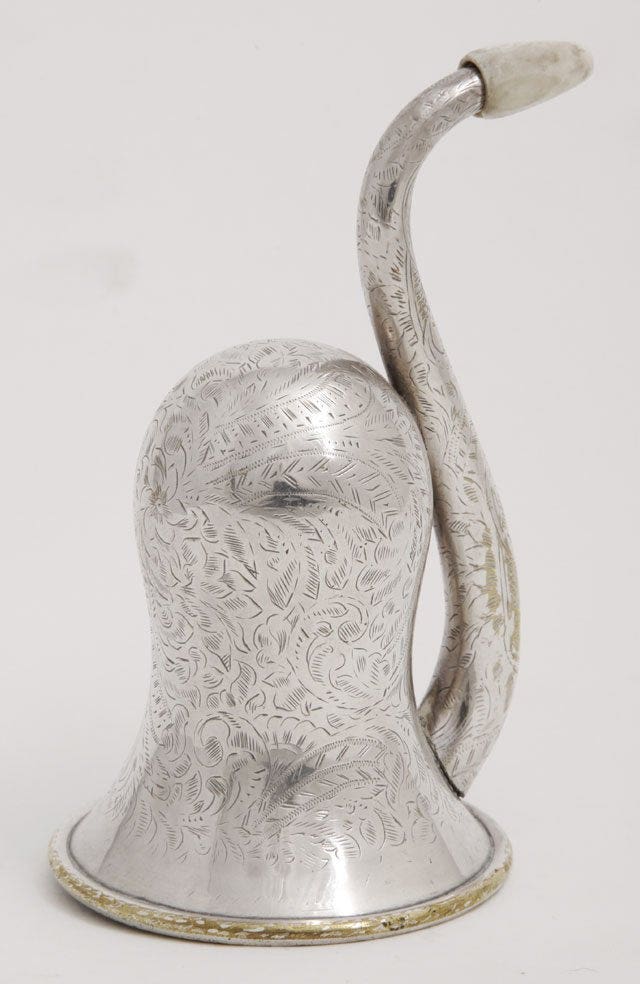
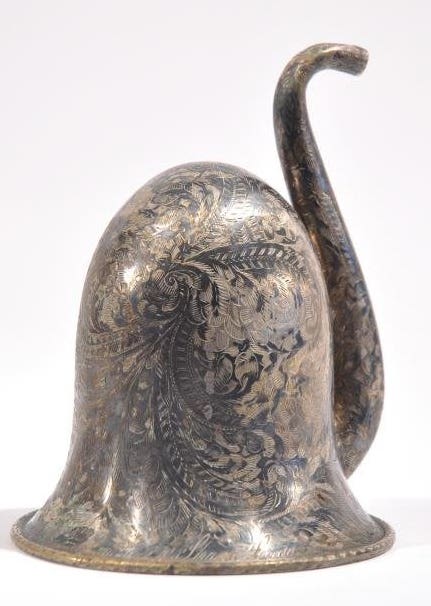
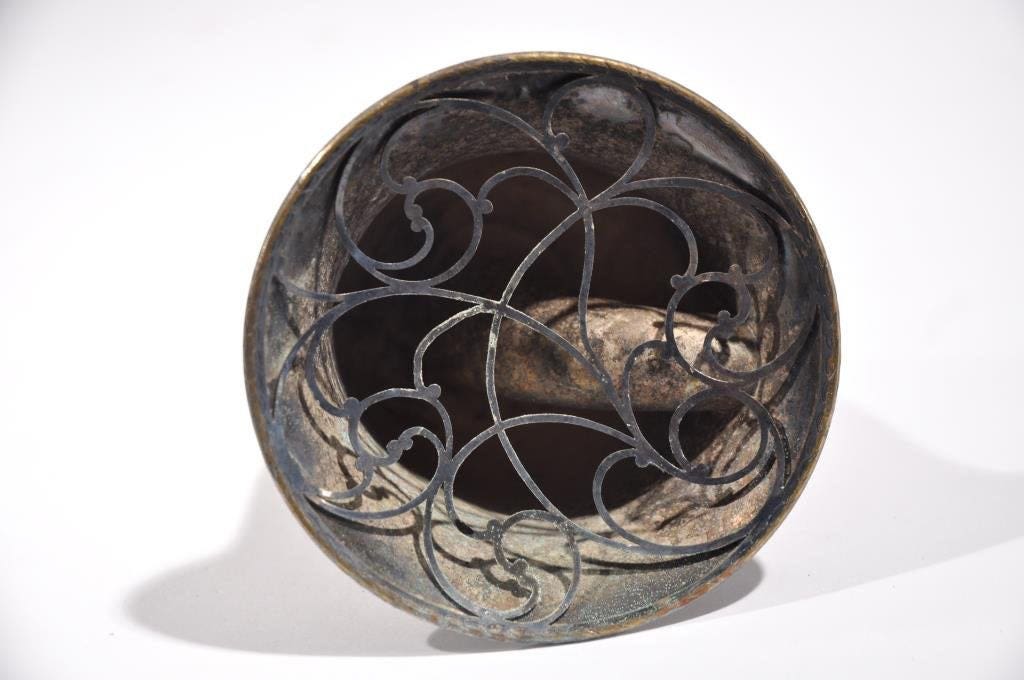
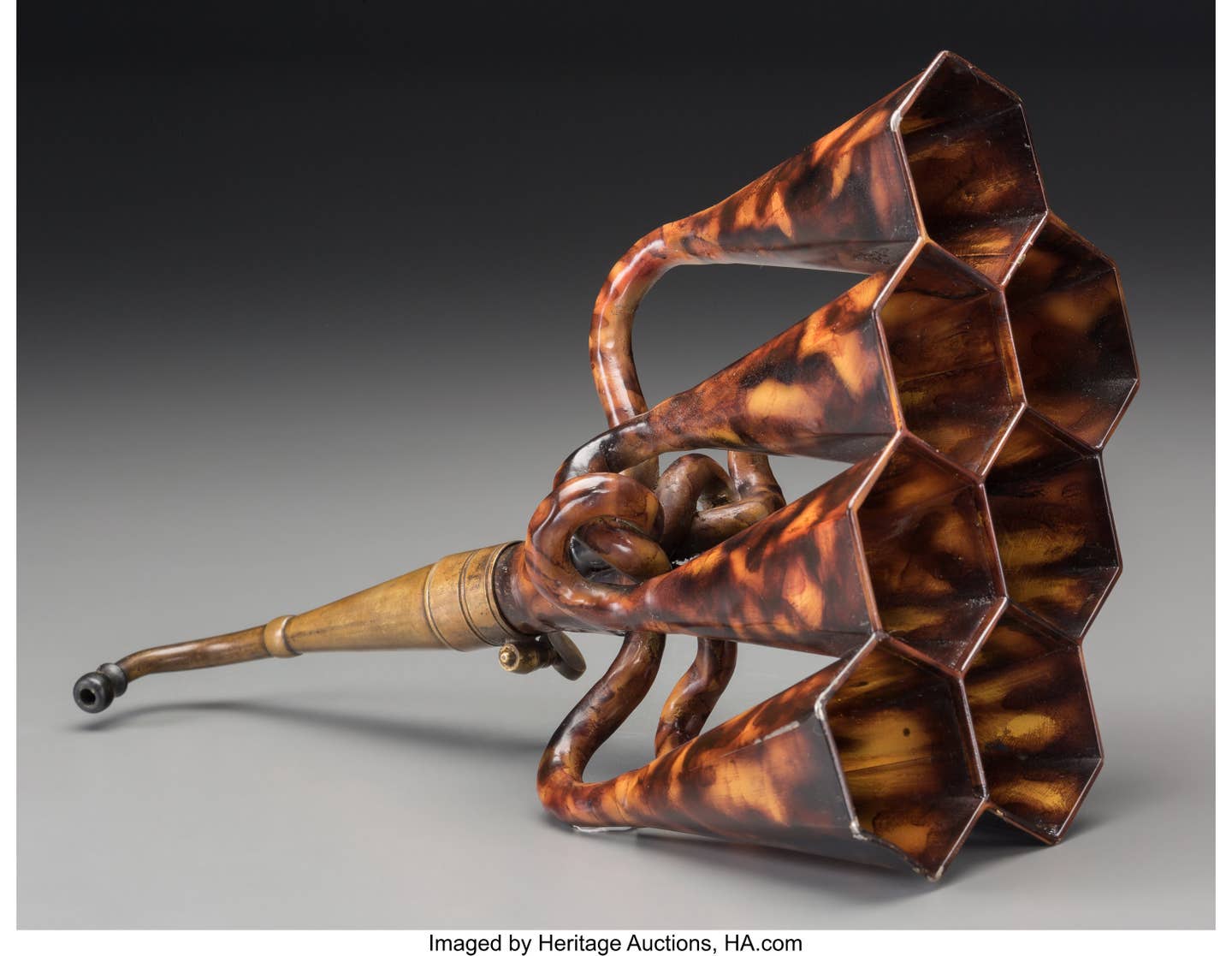
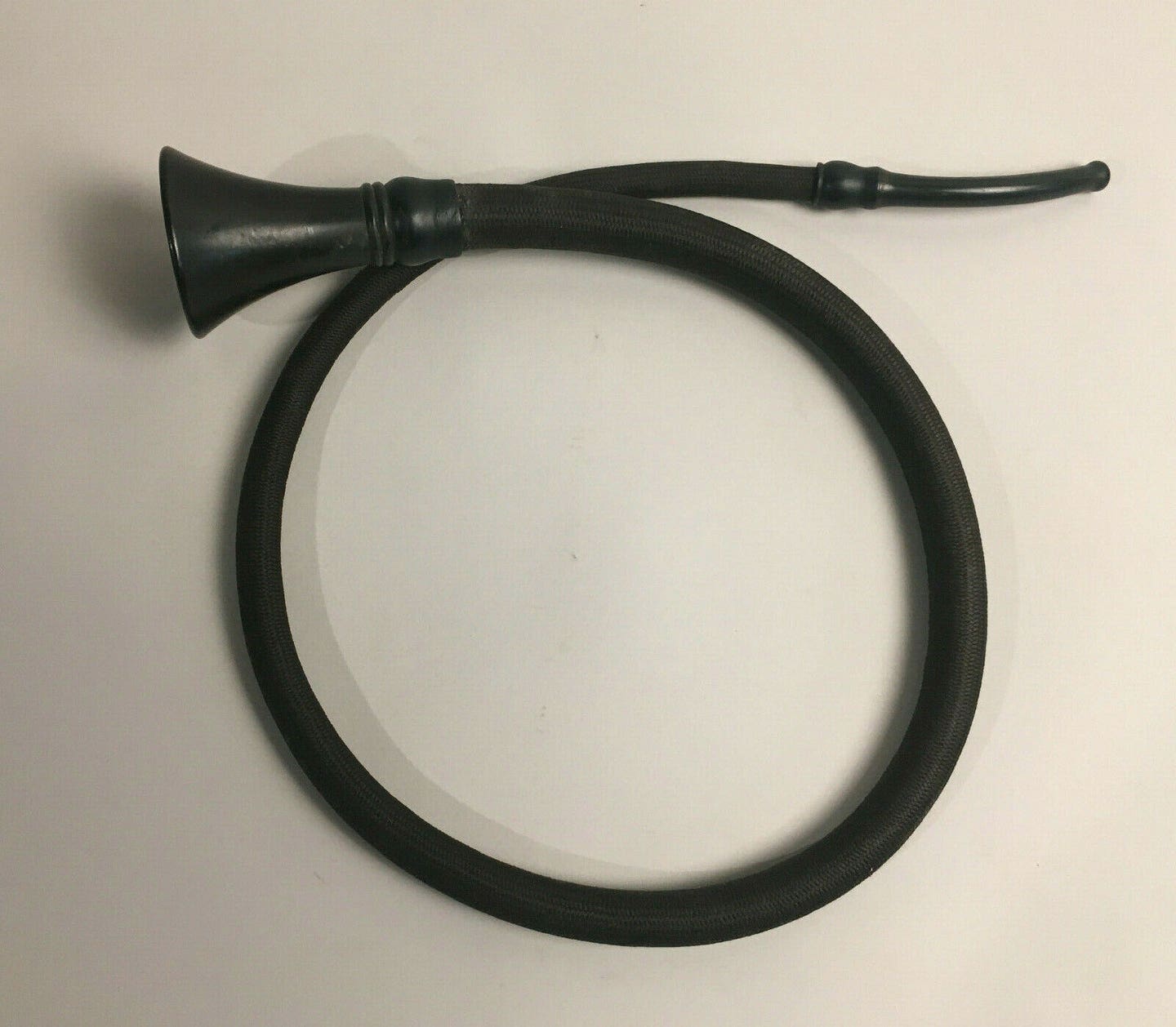

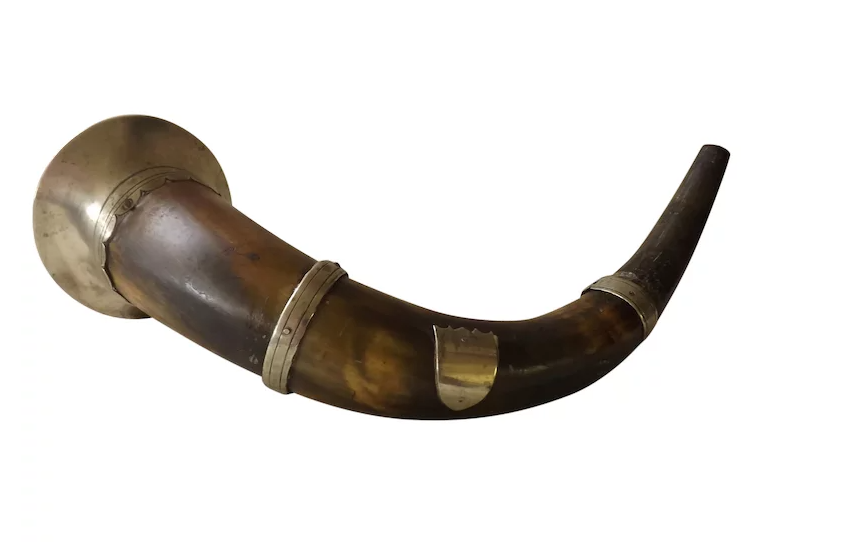

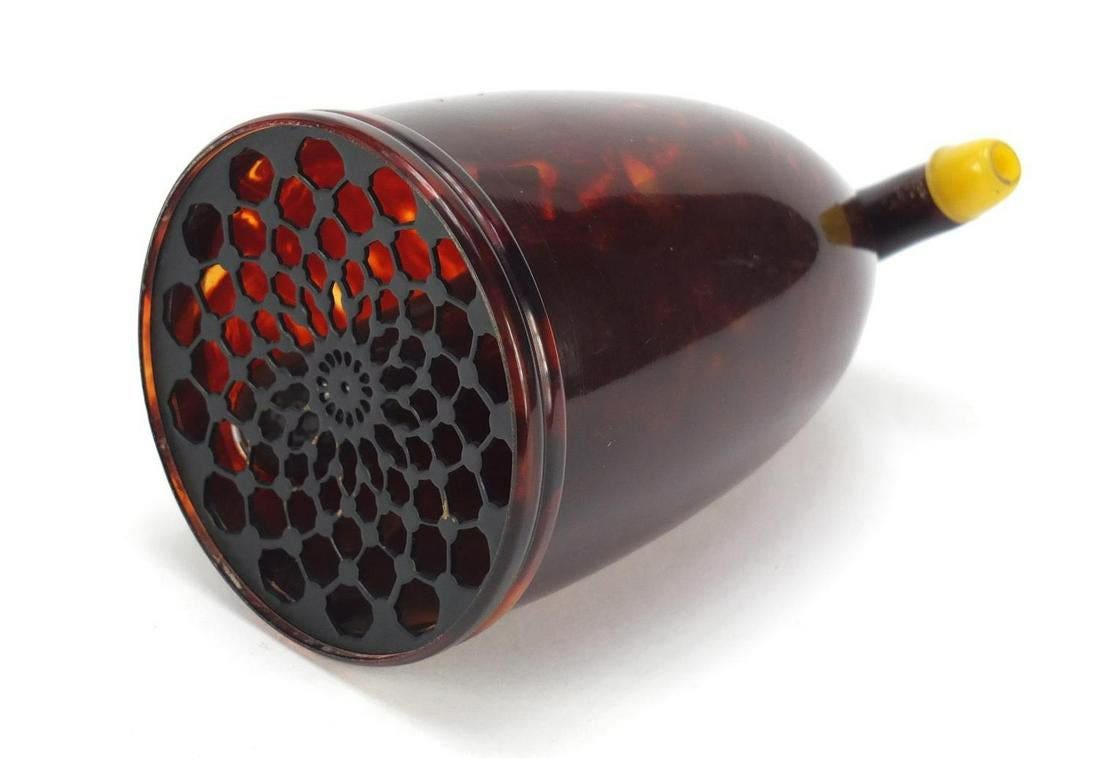
Collectors can get information and see photos of the different varieties and sizes of ear trumpets on Briggs’ website.
Also astounding, he notes, are the things that people try and pass off as ear trumpets. As they are becoming quite rare, he says that collectibles marketed as ear trumpets fetch higher prices than they would if accurately described. Even some auction houses get it wrong, he notes, and cautions buyers to beware and educate themselves before buying antique ear trumpets. Briggs shares many examples of fakes on his website.
“I am not saying that any of these examples were intended to deceive —just be very careful to choose the items which seem to have reasonable provenance. Mostly, I believe that the seller is misinformed,” Briggs says. In addition, he says that there are a large number of items that were sold in Victorian times that did not work, and this trade has never really died out.
If you want to buy an antique ear trumpet, three main criteria should be considered: the earpiece, shape and condition. The earpiece is especially an important consideration — if it isn’t clearly designed to fit in the ear, it is probably wrong. Likewise, collectors should be wary of trumpets that appear over cleaned. Items that have been re-soldered are sometimes over polished to mask the restoration.
The Hearing Aid Museum echoes Briggs’ caveat emptor and warns collectors not to be taken in by ear trumpets that are billed as genuine hearing aids, but aren’t. “We see this all the time — not just from the average collector, but from antique dealers who should know better,” the museum said. There is a helpful illustrated quiz on the museum’s website that helps collectors distinguish genuine ear trumpets from fake ones.
For more information about ear trumpets, visit Briggs’ site at eartrumpets.co.uk or the Hearing Aid Museum at hearingaidmuseum.com.








